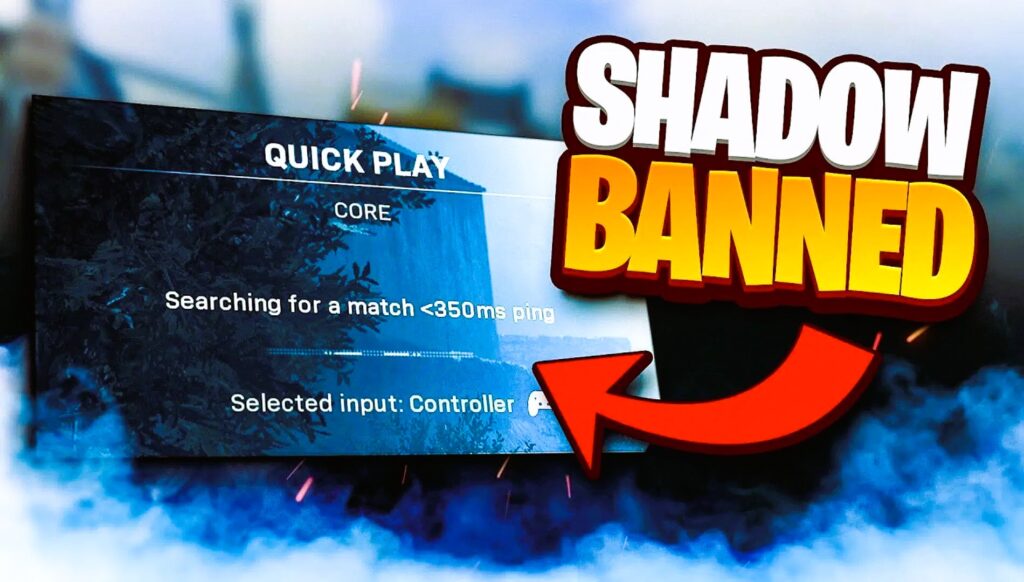
In the world of online gaming and social media, the term “shadow ban” has become a familiar yet somewhat mysterious concept. A shadow ban occurs when a user’s activity or account is restricted without their knowledge, making it appear as though everything is normal while, in reality, their reach, visibility, or ability to participate is limited. Whether you are a gamer trying to maintain a clean profile or a content creator seeking to avoid penalties, understanding how shadow bans work and how to avoid them is essential.
This article will dive deep into shadow bans, explaining what they are, how they function, and offering practical advice on how to avoid them in both gaming and social media environments.
A shadow ban, also known as a “stealth ban” or “ghost ban,” is a form of sanction that restricts an individual’s ability to interact with others on a platform without notifying them. Unlike a regular ban, where the user is explicitly informed that their account or actions have been restricted or suspended, shadow bans operate invisibly. This means the user can continue to engage with the platform as usual, but their activities are no longer visible to the wider community.
Shadow bans can affect various aspects of a user’s interaction with an online platform. For gamers, this could involve reduced visibility in matchmaking or being unable to join certain games, while on social media, shadow banning may result in a user’s posts being hidden from others or suppressed in the platform’s algorithm, preventing them from reaching their intended audience.

The mechanics behind shadow bans differ from platform to platform, but they all share a common purpose: to limit the reach and visibility of users who violate platform guidelines or engage in behavior deemed disruptive. Here’s how shadow bans typically function:
Shadow bans are typically used to prevent spam, disruptive behavior, and other violations of platform rules. Here are some of the most common reasons users might be shadow-banned:

Knowing the reasons behind shadow bans is essential in order to avoid them. Here are some practical tips to help you maintain a healthy online presence:
1. Follow the Platform’s Guidelines
Each platform has its own set of rules and guidelines for acceptable behavior. To avoid a shadow ban, make sure you adhere to these guidelines. Avoid spamming, harassment, and offensive content, and always act in good faith. By respecting the community standards, you’ll reduce your chances of triggering a shadow ban.
2. Be Mindful of Your Activity
In gaming, try not to engage in activities that might be perceived as cheating or exploiting the system. Avoid using hacks, aimbots, or any other form of unfair advantage. Playing fairly will ensure you don’t get flagged for violating the platform’s terms of service.
On social media, avoid overposting, using excessive hashtags, or engaging in excessive automation. Instead, focus on authentic engagement with your audience.
3. Limit the Use of Third-Party Apps or Bots
While third-party tools and apps can enhance your experience on social media, excessive use of them can trigger a shadow ban. Avoid using bots to automatically follow, like, or comment on posts. Platforms detect these behaviors and may apply restrictions to your account.
4. Avoid Aggressive Posting
Posting too frequently, particularly when it’s irrelevant or disruptive, can lead to a shadow ban. This is often considered spamming and can trigger algorithms that suppress your activity. Maintain a balance in your posting frequency and make sure your content is relevant and engaging.
5. Monitor Your Engagement Metrics
If you suspect that you’ve been shadow-banned, keep an eye on your engagement metrics. If your posts suddenly receive much less interaction or your presence in matchmaking is noticeably different, this could be a sign that you’ve been shadow-banned. If this happens, review your recent activities to see if they may have violated any rules.
6. Appeal the Ban if Possible
Some platforms allow users to appeal shadow bans, although this process may be more difficult than appealing a regular ban. If you believe you’ve been unfairly shadow-banned, reach out to the platform’s support team and request a review of your account.
Shadow bans are a common yet often misunderstood form of restriction used by online platforms and games to maintain fairness and order within their communities. While the user remains unaware of the restriction, the effects of a shadow ban can have a significant impact on a user’s experience, from reduced visibility in social media feeds to restricted gameplay in competitive environments. By understanding what shadow bans are, why they happen, and how to avoid them, users can take steps to ensure their online activities remain compliant with platform guidelines, ensuring a smoother, more enjoyable experience.
For more information on shadow banning and its role in the digital landscape, you can visit Wikipedia.